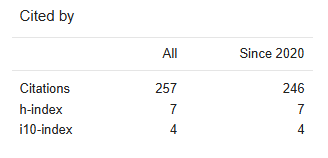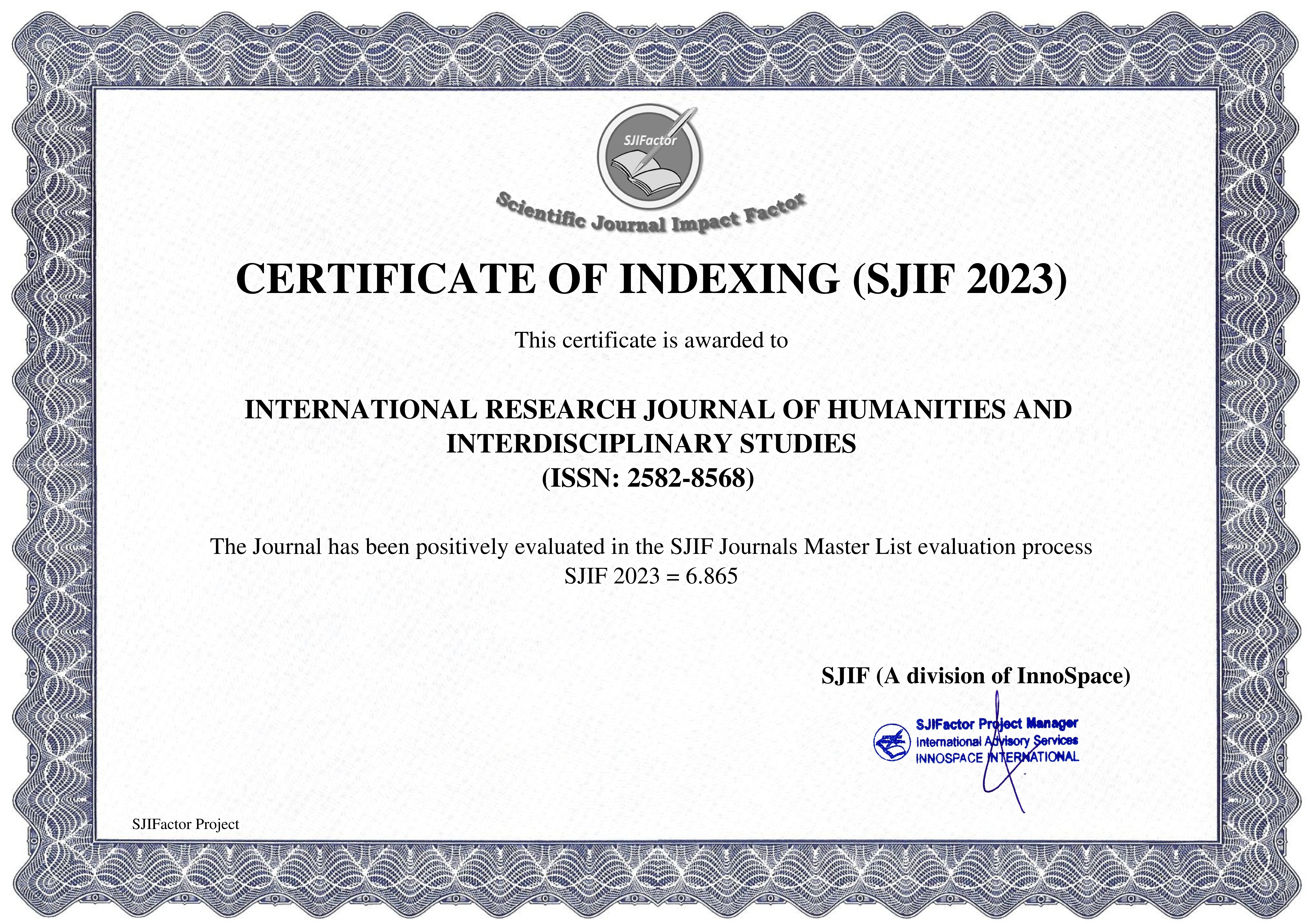Paper Details


Call For Papers
Volume 06, Issue 11
Frequency: 12 Issue per year
Paper Submission: Throughout the Month
Acceptance Notification: Within 2 days
Areas Covered: Multidisciplinary
Accepted Language: Multiple Languages
Journal Type: Online (e-Journal)
Announcement

Publish books with ISBN Number
- Edited Book
- Text Book
- Ph.D Thesis
- Conference Proceedings
ISSN Number:
2582-8568
Journal DOI No:
03.2021-11278686
Title:
Heart Disease Prediction Using Machine Learning: The Role of Exploratory Data Analysis
Authors:
Cite this Article:
,
Heart Disease Prediction Using Machine Learning: The Role of Exploratory Data Analysis, International Research Journal of Humanities and Interdisciplinary Studies (www.irjhis.com), ISSN : 2582-8568, Volume: 6, Issue: 3, Year: March 2025, Page No : 215-220,
Available at : http://irjhis.com/paper/IRJHIS2503020.pdf
Abstract:
Heart disease remains a leading cause of mortality worldwide, necessitating early detection and accurate prediction models to improve patient outcomes. Traditional diagnostic methods rely on clinical expertise and manual interpretation of test results, which can be time-consuming, inconsistent, and prone to human error. With the advent of Machine Learning (ML), automated predictive models offer a data-driven approach to identifying individuals at risk of heart disease more efficiently.This study explores the impact of Exploratory Data Analysis (EDA) on improving ML-based heart disease prediction. Various data preprocessing techniques, including handling missing values, feature selection, correlation analysis, and visualization, were employed to identify key risk factors such as cholesterol levels, blood pressure, smoking habits, and obesity. The performance of Decision Trees, Support Vector Machines (SVM), and Random Forest was evaluated before and after applying EDA, demonstrating how structured data refinement enhances predictive accuracy. The results show that a well-executed EDA process significantly improves ML model accuracy, interpretability, and reliability. By refining data quality and optimizing feature selection, models become more robust and effective for real-world clinical applications. Future advancements could integrate deep learning techniques and real-time patient monitoring using wearable devices, further improving prediction accuracy and enabling personalized healthcare solutions.This study highlights the critical role of EDA in developing reliable, data-driven heart disease prediction models, ensuring that ML technology can be successfully implemented in healthcare for early intervention and better patient management.
Keywords:
Heart Disease Prediction, Machine Learning, Exploratory Data Analysis, Feature Engineering, Healthcare Analytics
Publication Details:
Published Paper ID: IRJHIS2503020
Registration ID: 21787
Published In: Volume: 6, Issue: 3, Year: March 2025
Page No: 215-220
ISSN Number: 2582-8568
Download Full Paper: Click Here
Article Preview:





